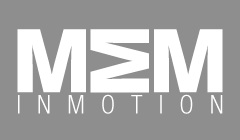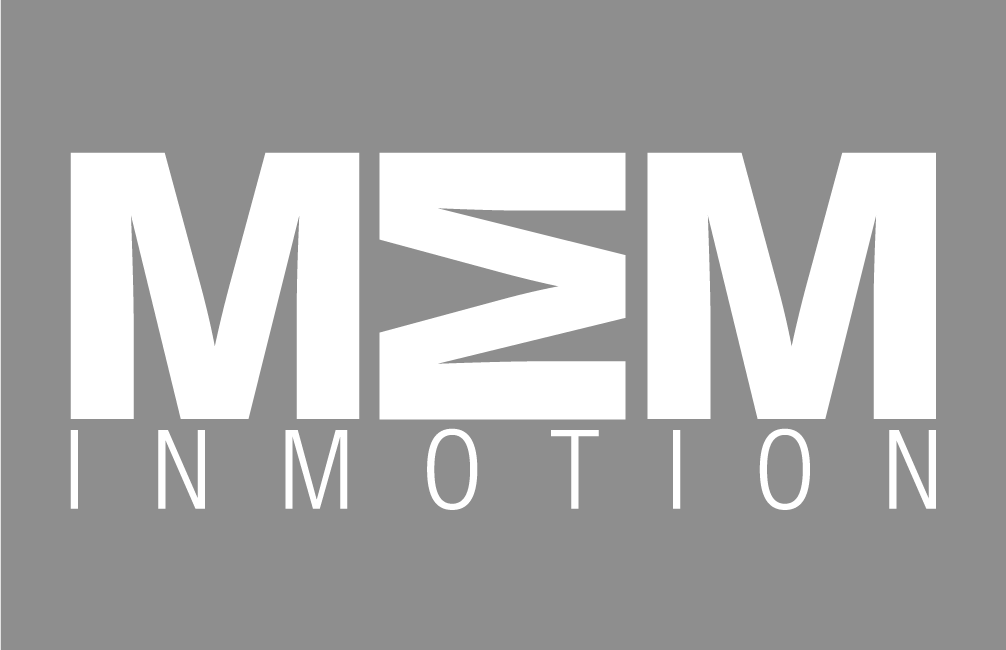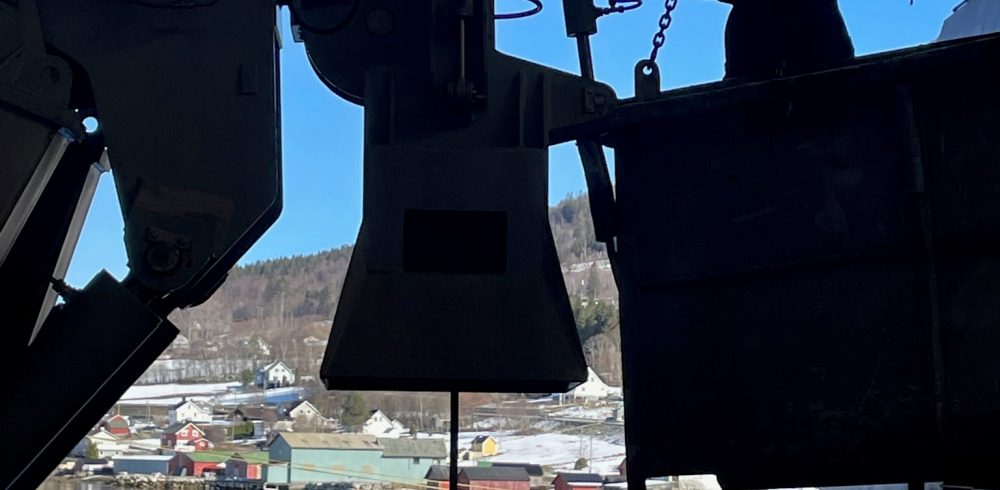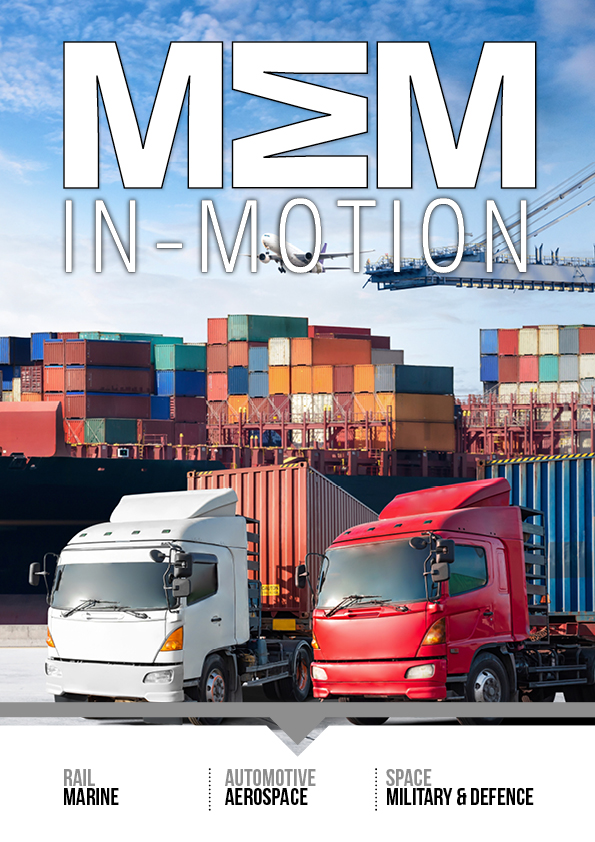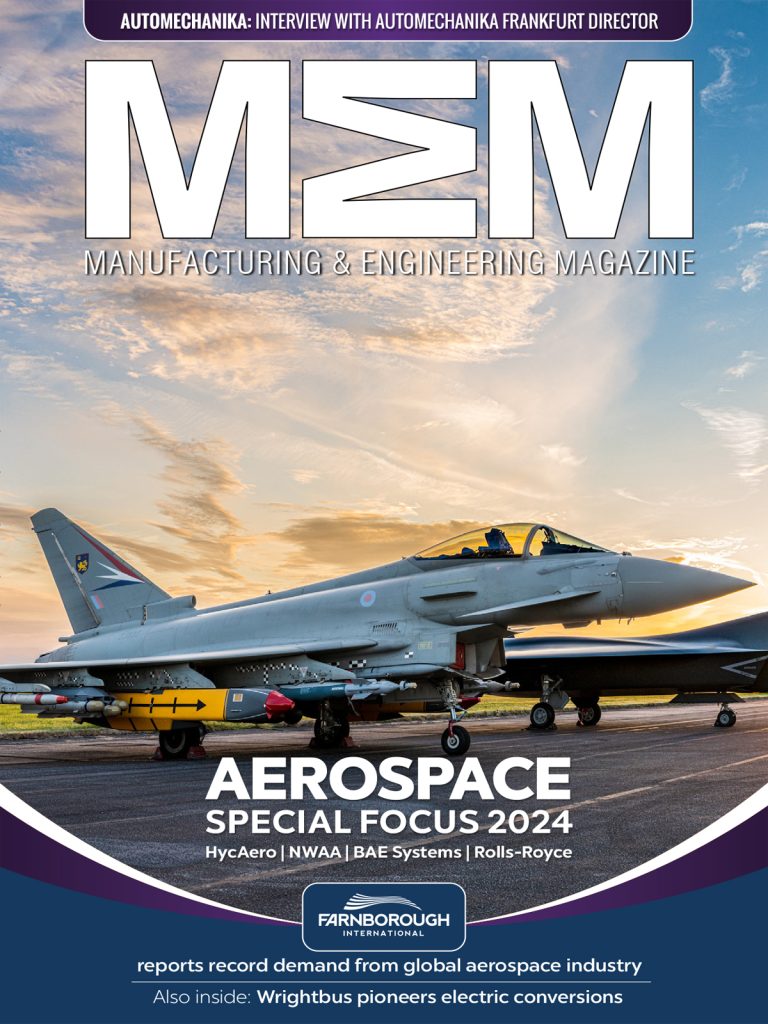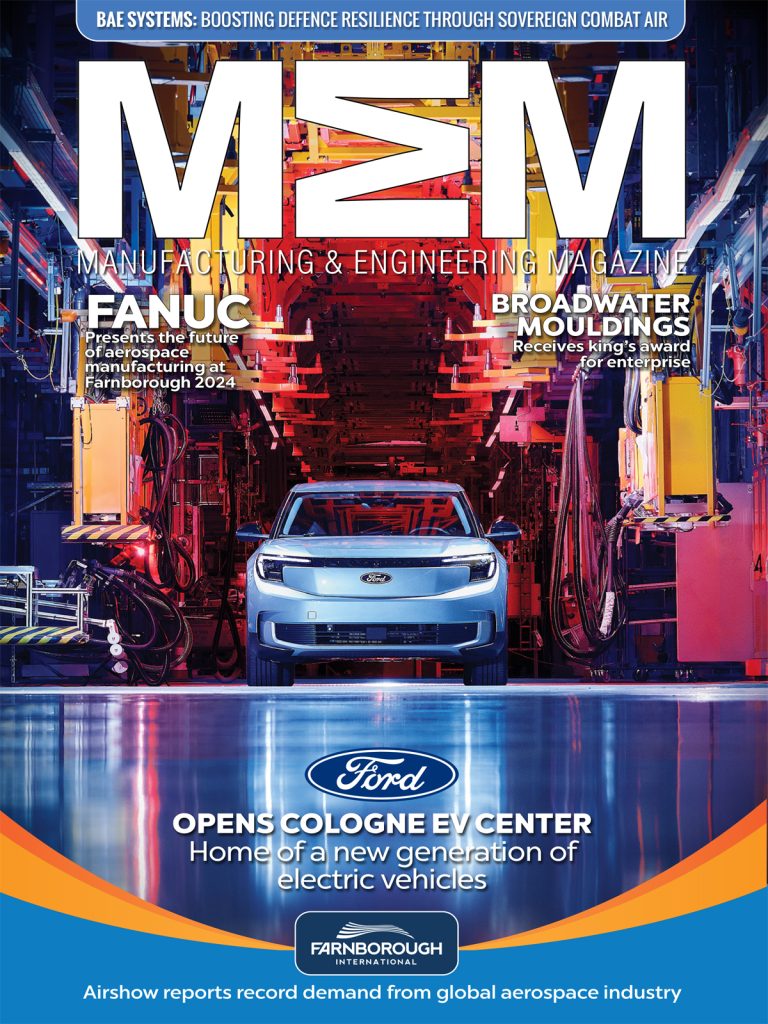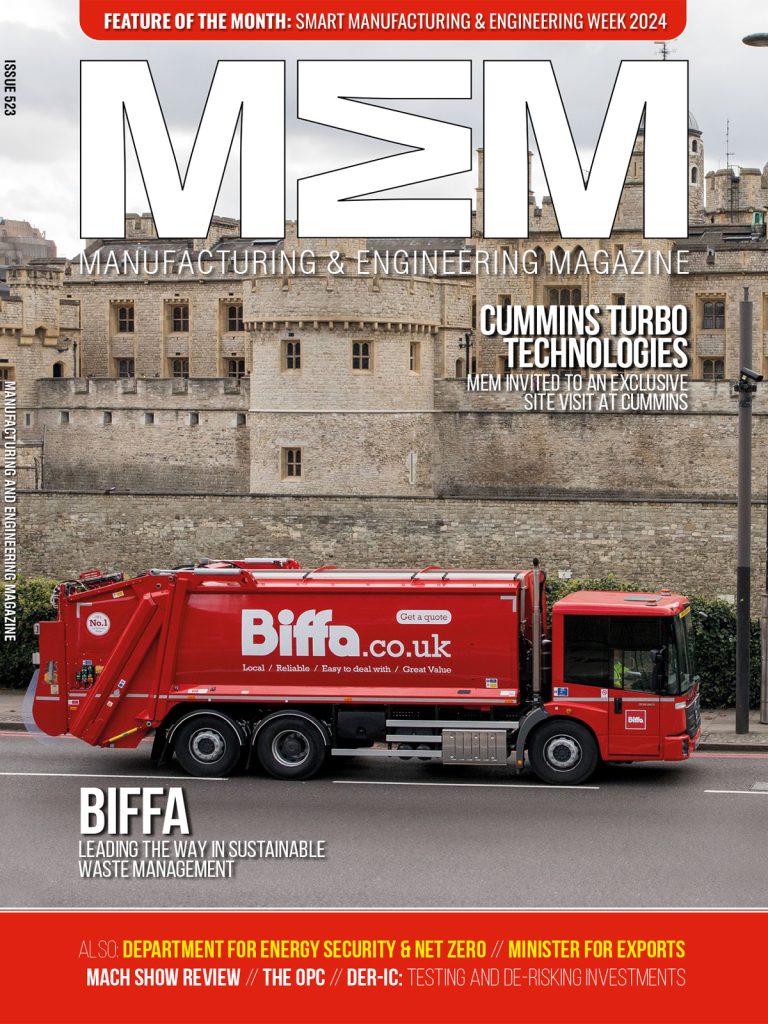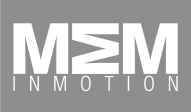OEM maintenance of davit systems for SOLAS compliance can mitigate safety and commercial risks, says Vestdavit
Safe and reliable operation of boat-handling systems onboard vessels is dependent on regular inspection and maintenance by qualified technicians both to preserve the integrity and prolong the lifespan of davit equipment. And using rogue service providers to cut corners on cost poses safety and commercial risks as it can endanger lives as well as impact operations, according to Vestdavit.
Davits have a variety of applications on different vessels across several ship segments, from release of lifeboats on cruise ships and merchant vessels, to deployment of workboats from offshore support vessels and launch-and-recovery of rapid response craft used for naval missions.
The common denominator for all these applications is that human lives are at stake and boats carrying passengers or personnel must be deployed from davits in variable sea states in a safe and responsible manner to minimise risk both to people and other assets onboard.
OEM can ‘lift maintenance’
“Davit maintenance is therefore an essential safety factor that should not be taken lightly. Just like an elevator in a building, service work should be entrusted to trained and certified technicians from the original equipment manufacturer (OEM) to safeguard life,” says Magnar Bøyum, Managing Director of Dutch subsidiary Vestdavit BV.
Shipping companies are required by SOLAS regulations to perform annual and five-yearly services of davit systems that should be conducted by “certified personnel of either the manufacturer or an authorised service provider”, as dictated by IMO Resolution MSC.402(96) that covers requirements for maintenance, testing, overhaul and repair of lifeboats and rescue boats, launch appliances and release gear. This regime also envisages the use of genuine fully tested spare parts for repairs.
The resolution, implemented in 2020, was earlier adopted by the IMO’s Maritime Safety Committee in response to a succession of accidents, detentions and losses over recent decades due to failures of on-load release mechanisms, inadequate maintenance of lifeboats and launching equipment, unsafe practices and design faults, among other factors.
The amendment to SOLAS regulations relating to operational readiness, maintenance and inspections sought to address these issues by establishing a uniform, safe and documented standard with specific procedures for periodic servicing of davit systems.
Counting servicing cost
However, Bøyum believes the shipping industry still has a way to go to live up to this standard, highlighting the fact that vessel operators may select lower-cost rogue service providers with technicians that apparently have the required certification but actually lack the necessary competence to perform highly specialised davit maintenance work.
“Price remains the overriding decision driver when selecting service providers for annual and five-yearly surveys, especially with merchant shipping companies in areas such as ferries and fishing as they may have multiple davits from different suppliers onboard and typically go for the lowest bid to service all of these units,” he explains.
This is especially the case for operators with vessels that mainly have only smaller rescue davits that are not used beyond what is required to meet SOLAS requirements, which means they seek the minimum cost to gain periodic service compliance. Consequently, they may take onboard service personnel without specialist training and competence related to the davit system.
“Frequently though we get contacted by these clients because the service provider they have been using for years has not been able to understand the product correctly or lacks the spare parts necessary to keep the davit safe, which means we have to step in to fix it,” Bøyum says.
Diversity of davit designs
He points out that davit systems can differ widely in terms of design, level of technology and functionality, so it is erroneous and risky to assume that any davit supplier can certify technicians with the necessary competence for all such systems.
In line with SOLAS regulations, Vestdavit therefore strongly advocates that annual and five-yearly inspection and maintenance of its davits should be carried out by OEM-approved technicians with certification from the company’s in-house training programme.
Vestdavit’s high-end naval and coast guard clients have typically adopted the practice of OEM inspection and maintenance, even though they are not bound by SOLAS service requirements, as they are more dependent on safe and reliable equipment to avoid the risk of failure with mission-critical operations, according to Bøyum.
“These clients have davits that are in frequent daily use – sometimes up to 20-30 times a day – so they are wholly reliant on having a high-quality system with a minimum of downtime,” he explains.
Sophisticated solutions
Vestdavit’s boat-handling systems are sophisticated solutions, with wave-compensating winches, shock absorbers and other technologies, which are designed for high performance and frequent use over a long lifespan, often in harsh conditions with high sea states, compared with lower-spec systems that are typically used less frequently in more benign marine environments.
“This demands in-depth knowledge of the product, understanding of its functionality and a high level of competence to ensure the system is properly serviced, which can only be provided by a Vestdavit technician working with our systems on a daily basis,” Bøyum says.
Vestdavit can now combine servicing of its davits with selected types of rescue boats supplied for its systems, which is beneficial for clients. The company is also optimising davit maintenance by providing OEM instruction for service partners and crews at its training centres so they can properly run and maintain its systems during day-to-day operation.
Spare parts a critical factor
Supply of spare parts is another key factor with OEM maintenance as Vestdavit can quickly provide genuine tested components from available stock within a day to avoid waiting time for long-lead items such as bearings, brakes and accumulators that can cause delays.
There is a risk of using non-original parts as these may have hidden shortcomings, such as materials or surface treatments that have not been subject to the test regime, which could hit system performance and ultimately lead to malfunctions or failures with potentially serious safety consequences – including fatalities.
“Regular davit servicing by a certified Vestdavit technician is therefore a vital prerequisite for safe operations and regulatory compliance, while there are also commercial benefits in less downtime and an extended product lifespan, as well as reduced reputational risk with less potential for incidents,” Bøyum concludes.
Manufacturing & Engineering Magazine | The Home of Manufacturing Industry News
